Concept
Every once in a while I will get an itch to play a game that I can’t just scratch. I love the lore of the Elder Scrolls series, but the crafting was phoned in and the gameplay so clunky. I used to play this little MMORPG project called Haven and Hearth. It was so well fleshed out and the crafting had a lot of depth and making anything in that game felt like an accomplishment. I’ve always wanted to do a Tarkov-like dungeon crawler with a really unique crafting system. So I set off to build that project. I made this using Unity and created all the 3d assets in Blender.
Inventory
First I started with an inventory system. I don’t know why but making graphical representations of items is really rewarding to me. I’ve built a lot of different kinds of inventories in the past from: Ultima, Minecraft and Diablo styles. But multi-grid like Tarkov and Diablo are by far my favorite. The inventory “Tetris” really opens up a lot of possibilities for immersive gameplay. So for this project I knew that’s what I wanted.
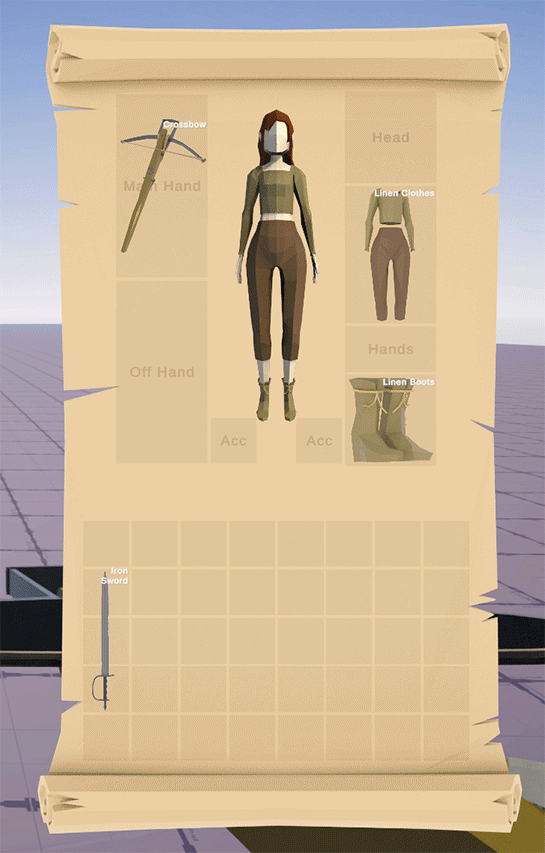
I made it by generating a matrix of inventory “slots”. Each slot just has a reference to the item if it has one stored in it. So when the player clicks on the slot, it checks if there is something in the slot. If there is then it creates a “draggable” item that follows the cursor. If the player tries to drop the item in another slot it checks for collisions based on the size of the item. If there are more than one item, the item won’t fit in the bounds of the grid or the item is dropped out of the inventory window, it will return the time to its previous slot(s). If there is only one item in the region then it checks if that time can fit in the previous region that the dragged item came from. If it can fit then it will swap the 2 items, else it just puts the dragged item back. Like items can also stack and a hover-over window will pop-up giving information about the item as well.
Equipment slots are just special slots that restrict items of certain types to be placed in them, like gloves in the hand slot, pants in the legs slot, etc. Even though this project is a fps, I wanted to have a little character model to see items being equipped to. It’s just a skinned mesh that updates when the equipment slots are interacted with.
I also added lootable containers that just had an event system such that when interacted with it would instantiate a new inventory grid based on the loot table and size of the container.
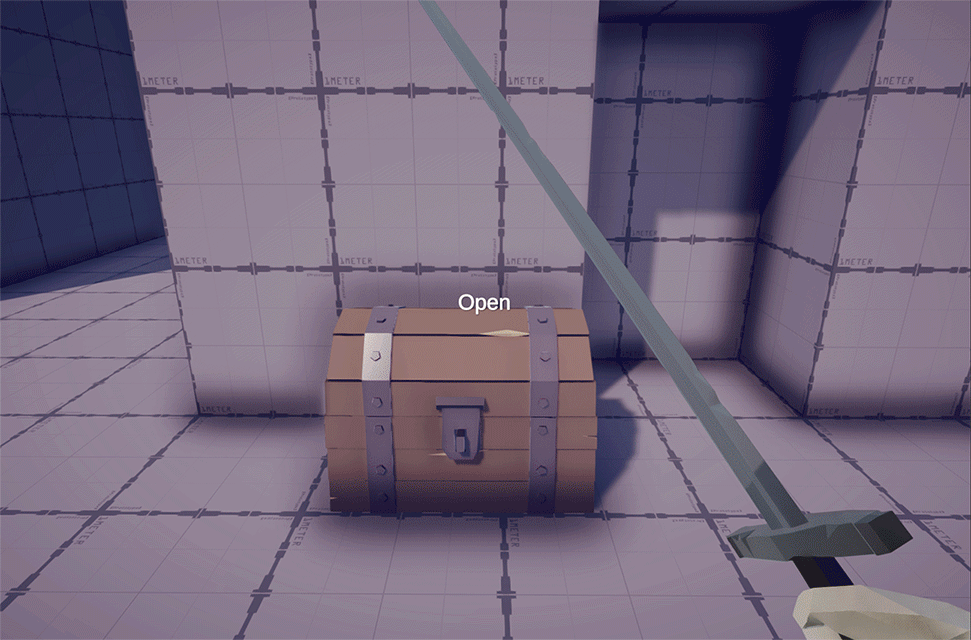
Animation Challenges
Since I had the character model in the inventory I really wanted for equipment to be represented on the first person arm model as well. My first approach was to create a model for the arms and create an animation for each weapon and action, so then I could just swap out skinned meshes for the different clothes and attach the weapons to the hand bone. That worked fine until I added the stupid crossbow.
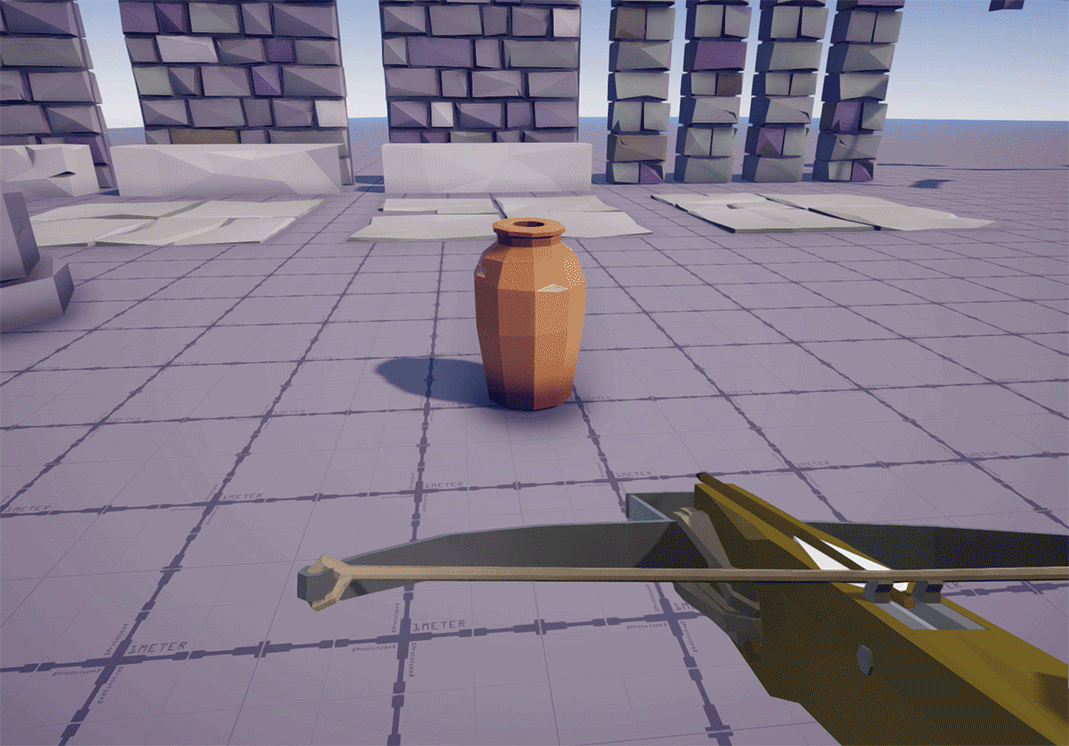
There were just too many working components to get it to look right. Because the crossbow also had its own animations for drawing the bow back. In the end I just animated the crossbow and arms together and exported it as a single fbx.
Dungeons
The concept in my mind for this project is that there would be these ancient castle ruins that the player would explore. Castles for the most part contain the same features: chapel, halls, bed rooms, dungeons, kitchens, soldier quarters, ect. So my plan was to create a socket system spanning out from the initial great hall where doorways would lead to procedurally generated rooms filled with prefabs and enemies. Below is an example of a dining hall prefab that led into a chapel. That way each play through would have a sense of randomness and discovery to it.
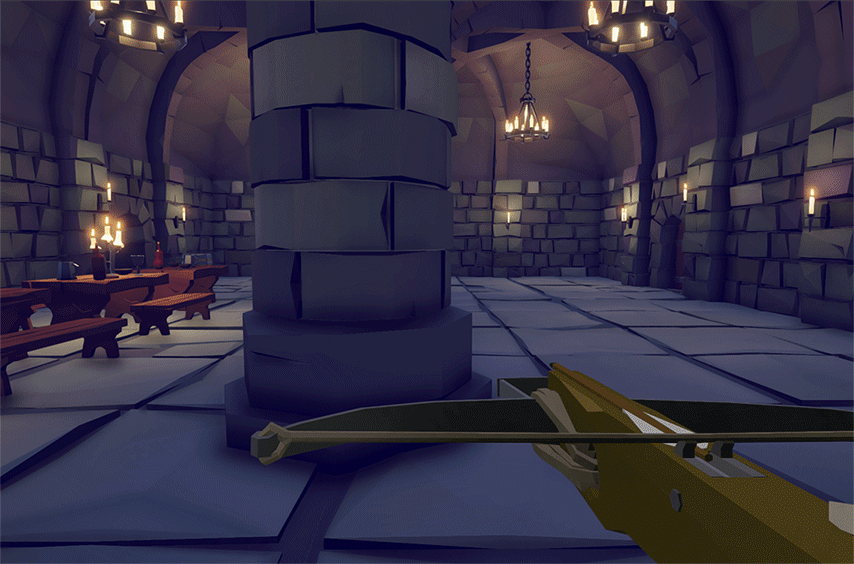
AI was handled by a simple finite state machine where the enemies would be alerted by the player if they were in proximity to it. Then would chase the player until it lost line of sight, died or killed the player.
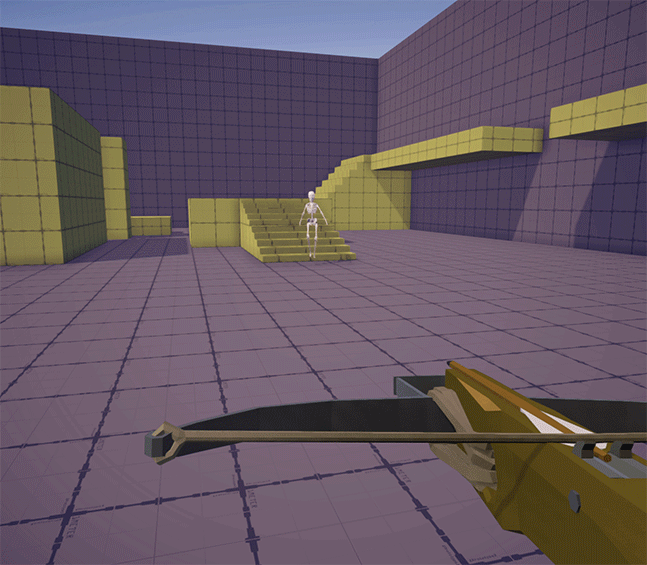
Conclusion
This project taught me a lot about managing the scope of a project and finding the limits of my abilities. The character movement is not great and I feel like the gameplay loop would get stale quick. That’s something I think a lot about these survival crafting games, once you reach the end game there’s really nothing to keep engagement. There has to be some sort of reset or drive. I had fun making this either way and hope to revisit the idea in the future, maybe do Three.js port.
I hope you enjoyed reading about my efforts. I don't have this one on github because if I'm being honest it's a mess. It was written before I learned about code management and the asset folders are a complete mess of character models and rigs from all the different attempts I tried to get things working. If you have any questions or feedback feel free to contact me!